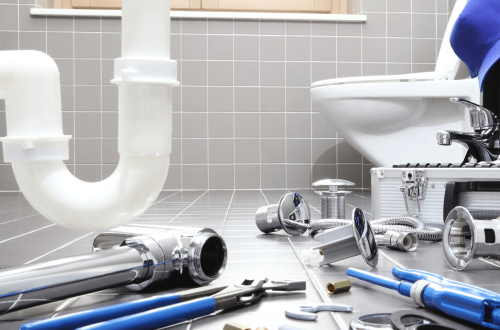Systematic Problem Diagnosis
Before grabbing a wrench, pinpoint the root cause:
-
Visual Inspection: Look for corrosion, water stains, frayed wires, or loose fittings.
-
Function Testing: Operate the fixture or device to note exactly when and how the failure occurs (e.g., intermittent power, drip frequency).
-
Isolation Techniques: Disconnect adjacent systems—turn off water valves, kill power at the breaker—to confirm the faulty component and prevent further damage.
Assembling the Right Toolkit
A targeted set of tools ensures you’re ready for most fixes:
-
Basic Hand Tools: adjustable wrench, pliers set, flat and Phillips screwdrivers, utility knife.
-
Specialty Items: pipe cutter, multimeter, voltage tester, caulk gun, T‑handle hex keys.
-
Safety Gear: gloves, safety glasses, dust mask, and a non‑contact voltage detector when working around electricity.
Sourcing High‑Quality Replacement Parts
Genuine or OEM‑equivalent parts deliver reliability:
-
Local Suppliers: visit hardware stores with your old part in hand for exact matches.
-
Online Retailers: use model numbers to find seals, belts, fuses, and gaskets on verified platforms (e.g., RepairClinic, PartSelect).
-
Return Policies: buy from vendors with flexible returns in case dimensions or specs don’t align.
Following Clear, Step‑By‑Step Workflows
Structured procedures minimize errors:
-
Preparation: shut off utilities, clear the workspace, lay down protective coverings.
-
Disassembly: document each removed piece—take photos or mark parts on tape for correct reassembly.
-
Replacement: install the new part, ensuring proper orientation and secure fasteners.
-
Reassembly & Test: restore utilities and verify full functionality; check for leaks, runs, or abnormal sounds.
Prioritizing Safety and Prevention
Never skip safety checks:
-
Lockout/Tagout: always de‑energize circuits before touching wiring; hang a visible tag on the breaker.
-
Pressure Relief: open faucets or bleed radiators before servicing plumbing or heating systems.
-
Preventive Maintenance: after repair, schedule regular inspections—tighten fittings annually, change filters seasonally, lubricate moving parts—to head off future issues.
